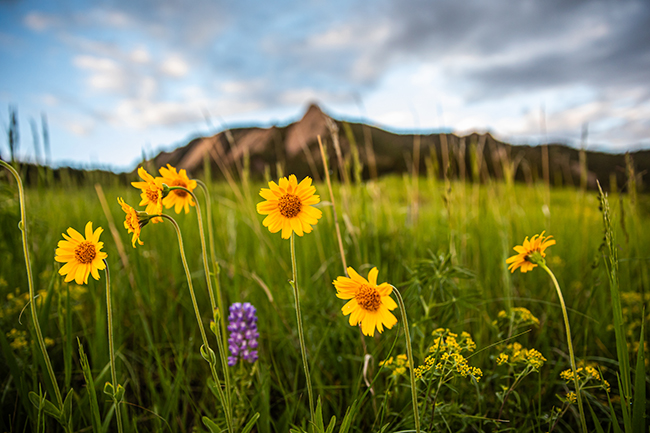Building Better Green Space at Home
04 Apr 2024
Climate conscious gardening to spread your roots with
By Matt Maenpaa
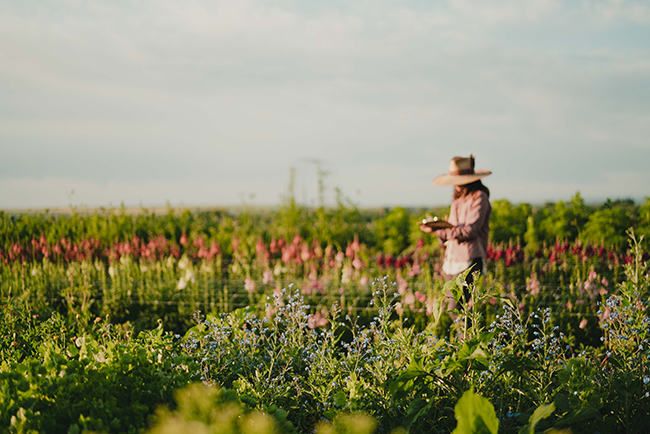
With a dry winter comes a longing for the spring snows and the fresh green growth that follows. Wildflowers and weeds alike rejoice, but a home garden can be intimidating in the unpredictability of weather on the Front Range. While some beautiful flowers require too much water or may struggle with the intensity of the mile-high sun, Colorado has a bounty of native flora readily adapted to our land. To help us dig into more climate-conscious gardening, we reached out to a few local experts to get the dirt on native pollinators, edible landscapes and watering holes for bees.
Set between Boulder and Longmont, Artemis Flower Farm is an ecology-focused farm growing more than 85 species of flowers. Owner Helen Skiba and her community minimize use of pesticides and utilize no- and low-till practices on the soil, instead using native perennials, drip irrigation and other techniques to protect their crops and encourage biodiversity in the land they cultivate.
Sharing acreage with Speedwell Farm & Gardens, including a joint farmstand for produce and flowers, Skiba values her connection to the land and celebrating the beautiful things that grow from it. Growing up in the area, the landscape is an expected challenge for farming.
“This climate is invigorating, I think, in that way where you’re kind of close to the edge of it being habitable and growable, at least in an agricultural sense,” she explains. “So, bringing in these drought-resistant, heartier varieties of plants, paying attention to the climate itself and how the native plants thrive here can make a difference.”
Raising flowers can be a full-time job for people like Skiba, or florists like Grant and Kim Hamil of Plume & Furrow, given how much attention even native species require when grown at scale. A cut-flower farm and designer florist based in Lyons, the Hamils have been preparing to open a retail space in Longmont for the end of March. The full-service florist utilizes blooms grown themselves, as well as an abundance of locally sourced flora, to offer bespoke and curated packages for weddings, events and more.
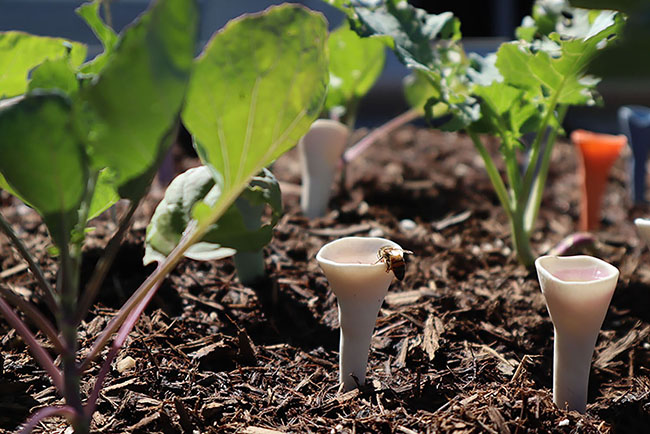
Like Skiba, the Hamils look to native plants and species for the best practices in maintaining a healthy ecosystem for fields and gardens.
“As we move further into the 21st century, it’s become aware to many growers and gardeners that we need to change the way we look at gardening and to try to work with the Earth instead of against it,” Grant Hamil says. “Bringing native plants and species into your garden is one of the best ways to support the local biosphere while still enjoying loads of blooms, plants and vegetables. They are well-developed to this climate and are beloved and necessary to the local pollinator, animal and insect communities, often thriving with little water and able to make it through a dry, cold winter without dying off.”
Both Skiba and Hamil emphasize the importance of keeping roots in the ground all year round, relying on native perennials to maintain healthy, living soil. For large-scale farms, it’s much easier to supplement that with mulch, hoop houses and cover crops, but those methods can easily translate to smaller designs for the home garden.
Aaron Michael came to Boulder County more than a decade ago from Florida. Until he came to the Front Range, Michael had little interest in gardening or green spaces. The hot, humid climate of Florida kept him indoors, he explains, but the beauty of the Colorado landscape woke something inside him.
What started with working a small garden at home grew into a business weeding and working gardens for other people. Now Michael runs Earth Love Gardens, a consulting firm that specializes in creating landscapes for homes and businesses that focus on native and edible landscapes, both locally and globally through organizations like Audubon Rockies and Pollinator Partnership.
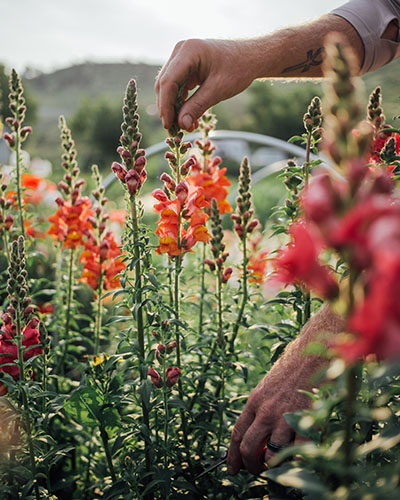
“I was inspired by how easy it was to grow things, as long as you remember to water it. Just plant the seeds or plant perennials and they’ll just keep coming back, they’ll keep providing,” Michael says. “So that’s why I wanted to share this with others. If everyone did this, we could return to working with the Earth, which is what I feel a lot of society is missing right now.”
Beyond the beauty of the flowers, Michael sees gardening and working the land as a boon to physical, mental and spiritual well-being. Sharing in the community and camaraderie of growing things, Michael hopes to inspire a new green revolution through his work. Bringing his knowledge to interested home gardeners, he helps develop raised beds, water systems and even ways to extend the growing season with cold frames and hoop houses on a smaller scale.
With beautiful climate-conscious blooms in the ground and systems in place to build out biodiversity, the garden is more than just the plants. Beneficial species like birds and spiders will help mitigate pests, making safer spaces for helpful pollinators like bees and butterflies. Bees get pretty thirsty though, and some bird baths can be too deep for the fuzzy little friends.
Ceramic artist and educator Jen Rose has always been fascinated and driven by nature and ecology in her work, she says. During the pandemic, after spending a lot of time in her garden and noticing that bees were drinking from water collected in her porcelain sculptures, Rose started developing something a little more purposeful.
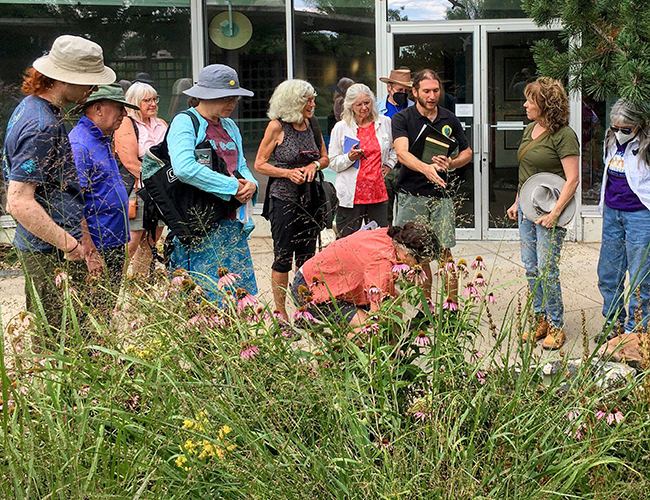
These small, four-inch-tall sculptures hold barely a teaspoon of water, enough to help thirsty bees rest and hydrate without risk of falling in. Since bees and other vital pollinators see in ultraviolet spectrums, Rose harnessed her knowledge of chemistry and ceramics to create a special UV glaze that mimics the patterns that bees see in flowers.
“It’s high technology because of this glaze, but it’s really low technology because these are all handmade,” Rose explains. “I think one of the reasons people really love Bee Cups is that it gives them joy to use them; they can tell they’re made with intention and they’re little pieces of art that are doing something good for the environment.”
For more information from our experts, whether you want to take classes with Artemis and Plume & Furrow, learn about home gardening methods from Earth Love Gardens or even pick up some Bee Cups for your thirsty pollinators, please visit artemisflowerfarm.com, bee-cups.com, plumeandfurrow.com, and earthlovegardens.com.


